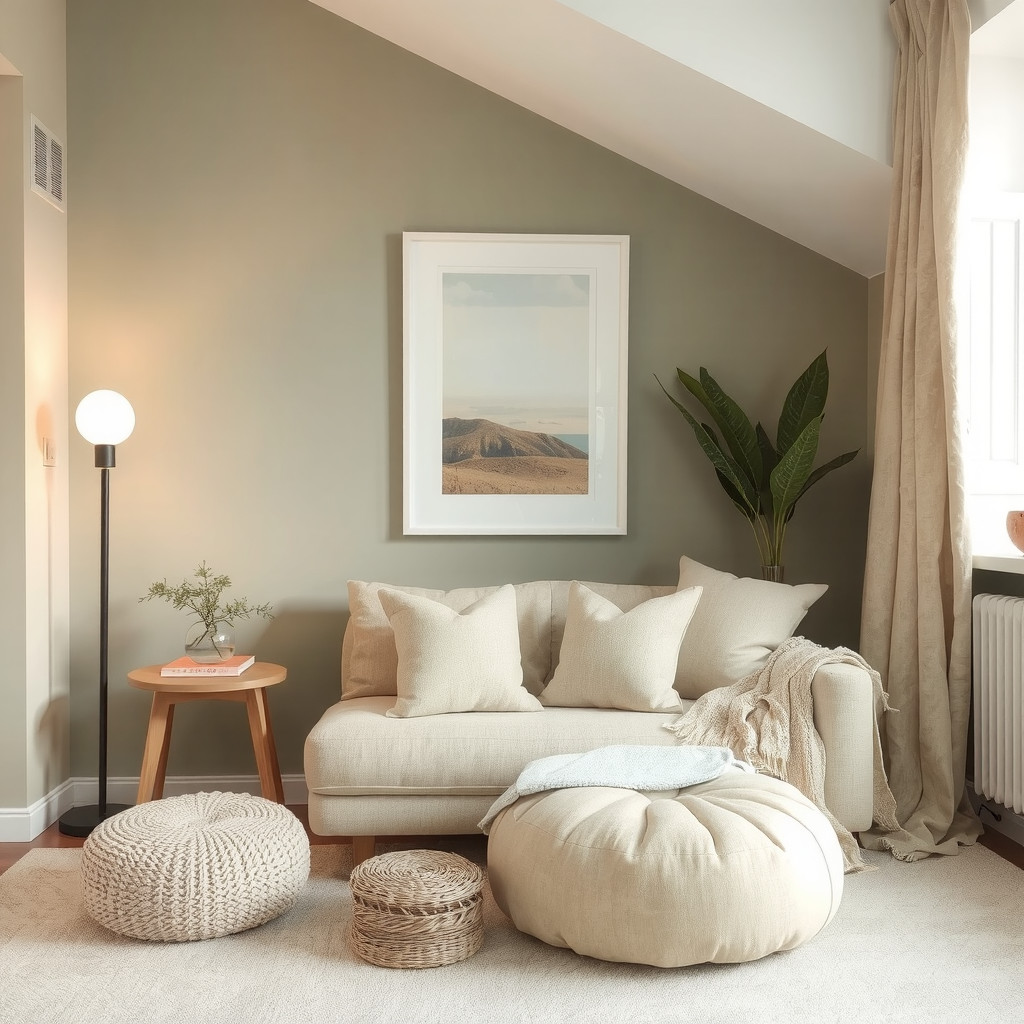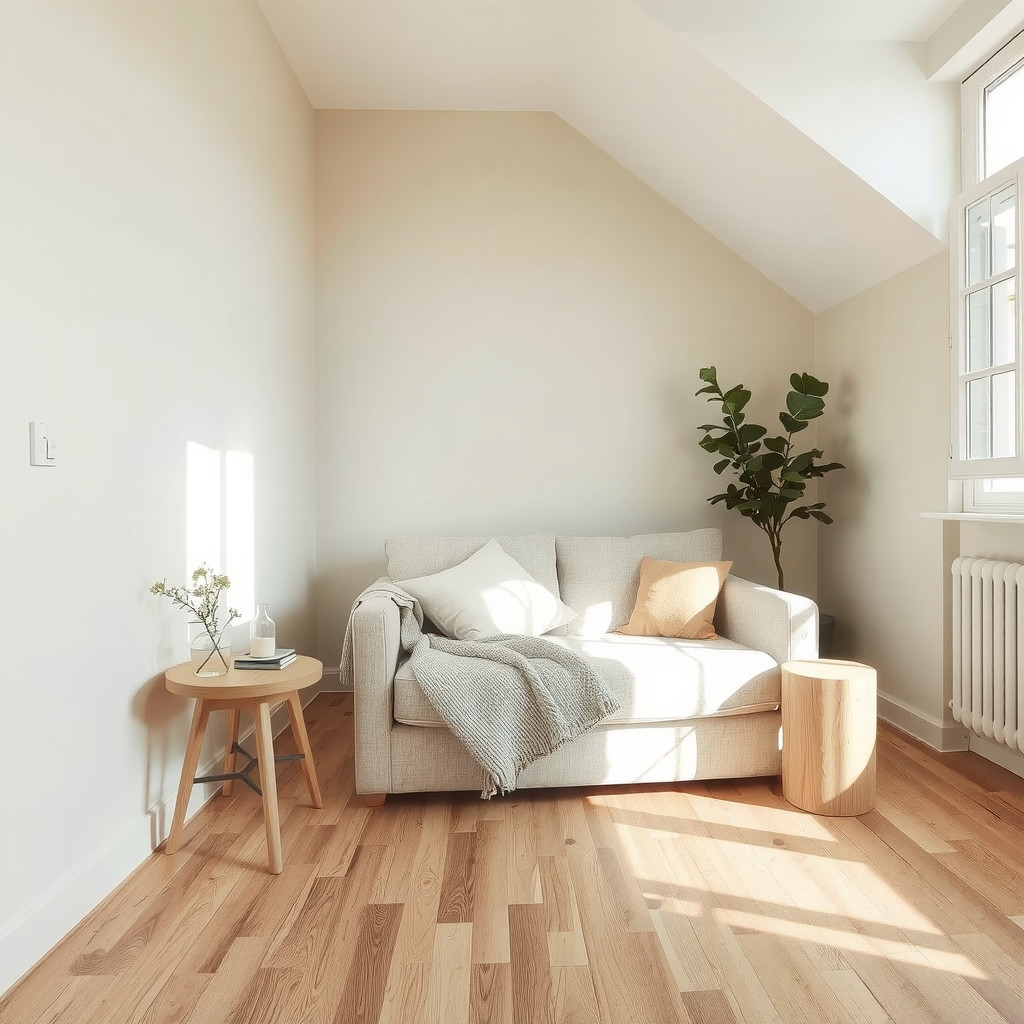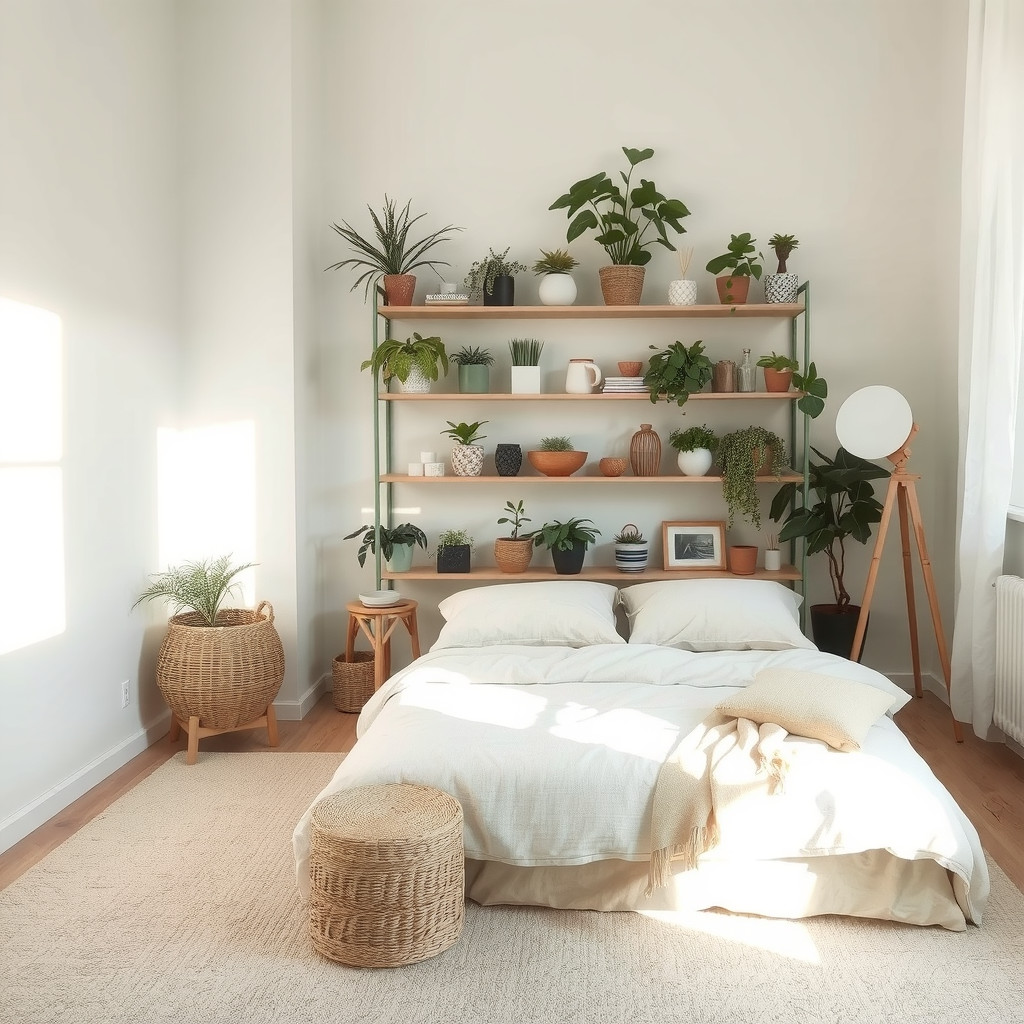ADVERTISEMENT
Introduction
You want a living room that breathes. A layered plant approach softens corners, filters light and adds hush to busy days. Start with a simple composition and let texture and scale do the work. Below you’ll find practical steps to place, cloth, and light plants so they feel intentional. 
Layout and Positioning
Think in vertical bands: low, mid, and tall. Position a tall sculptural plant near a sofa or console to anchor one side of the room, and cluster mid-height plants on a side table to create a counterbalance. Keep traffic lanes clear; place hanging plants or wall shelves where they won’t brush heads. Use the corners near seating to make green nooks that invite lingering. 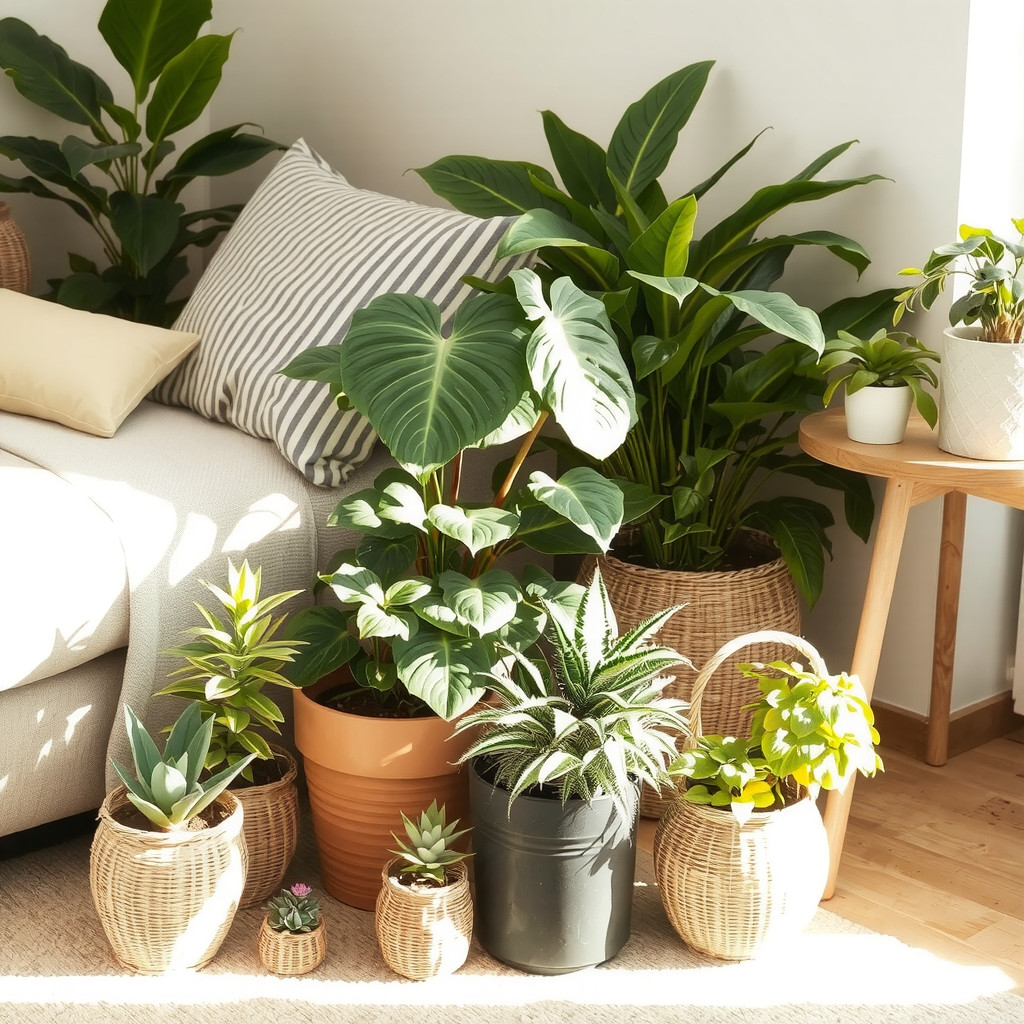
Materials and Textiles
Textures should echo the plants: woven baskets, matte ceramic pots, and linen throws create a tactile backdrop. Choose a neutral rug with a subtle weave so foliage remains the visual star. Consider humidity-friendly textiles—cotton and linen—near plant groupings to avoid mildew. Mix terracotta, glazed ceramics and natural fiber planters for layered warmth. 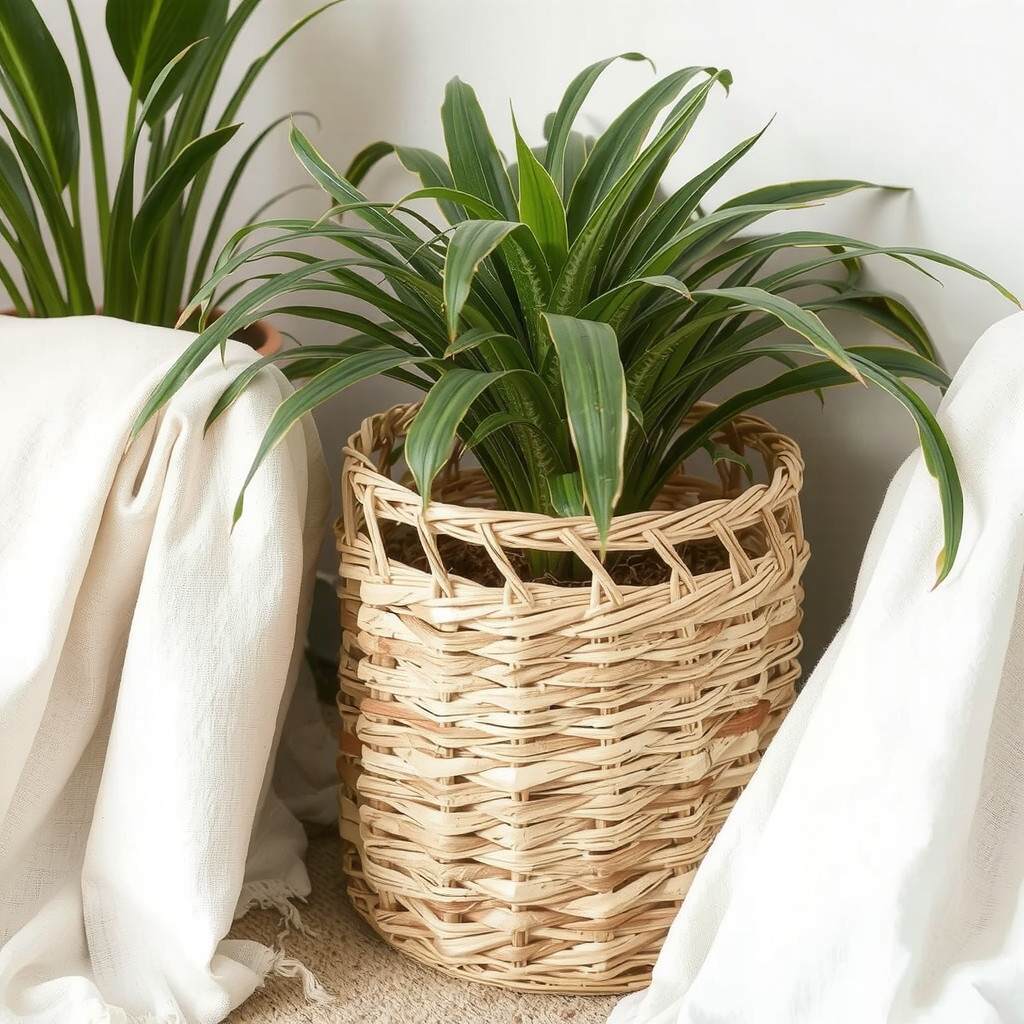
Focal Points
Create a single living-room focal point with a dramatic specimen—a fiddle leaf fig, monstera, or tall palm—then curate smaller companions. Place a statement plant where you want the eye to land: beside the fireplace, at the end of a sofa, or in an entryway niche. Use a low table tray with succulents or a sculptural vase to keep the foreground interesting. 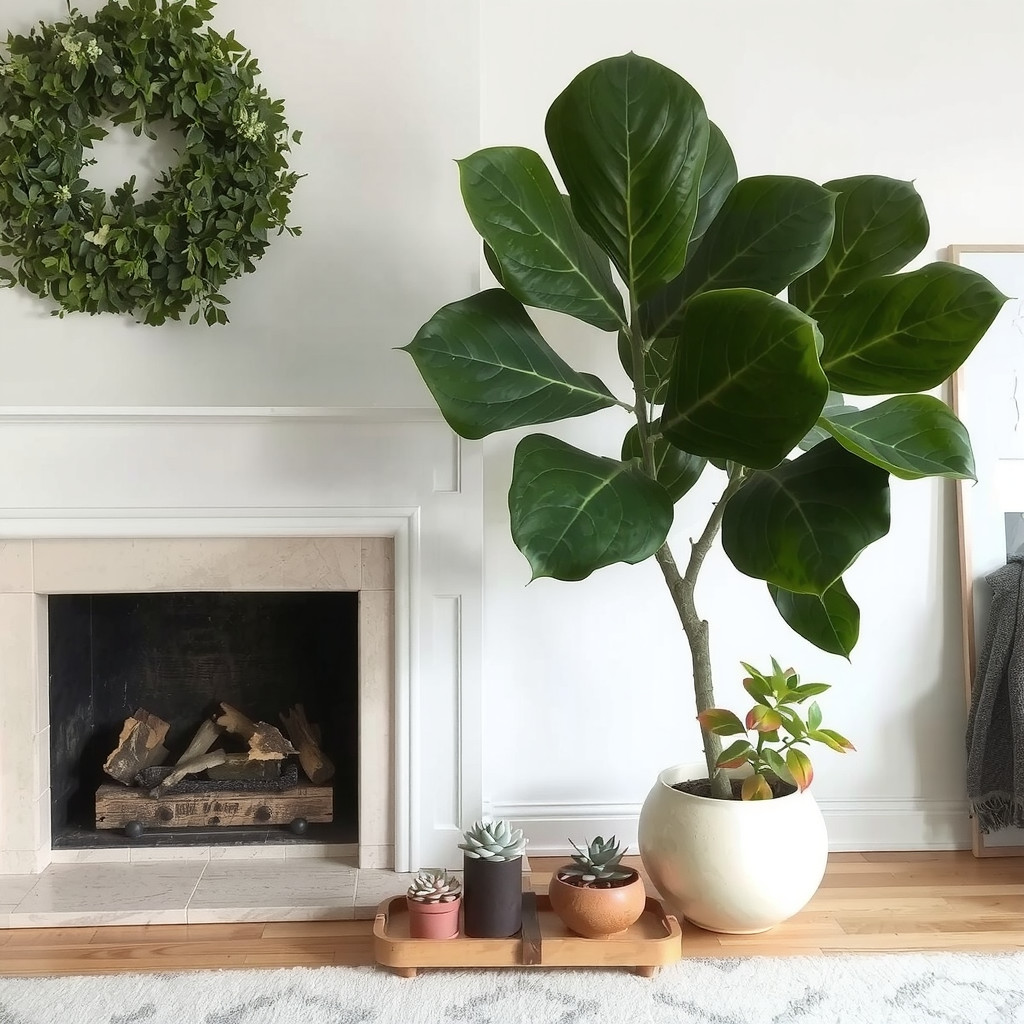
Lighting
Match plants to light levels and then amplify with warm fixtures. East or south-facing windows suit most tropical varieties; bright indirect light is perfect for large-leaf specimens. Add a floor lamp with soft amber light for evening drama and a grow-focused LED if a nook gets dim. Rotate plants regularly so growth stays even. 
Greenery
Mix leaf shapes and growth habits: trailing pothos, sculptural rosettes, feathery ferns, and upright cacti. Group by water needs to simplify care. Use plant stands and hanging macramé to vary height without cluttering floor space. Keep a small watering station out of sight—a tray and a narrow-necked watering can make maintenance feel elegant and quick. 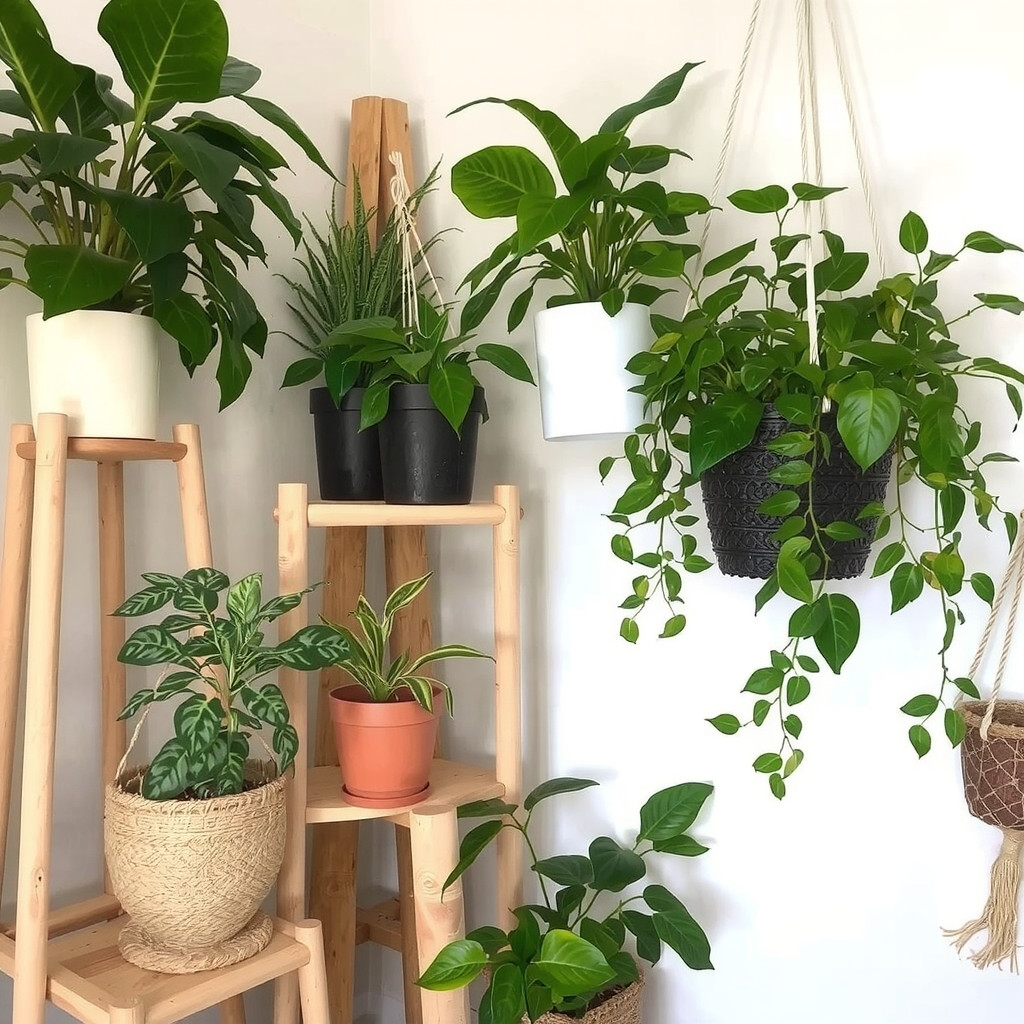
Tips
- Start small: introduce one large piece and two smaller companions to test scale.
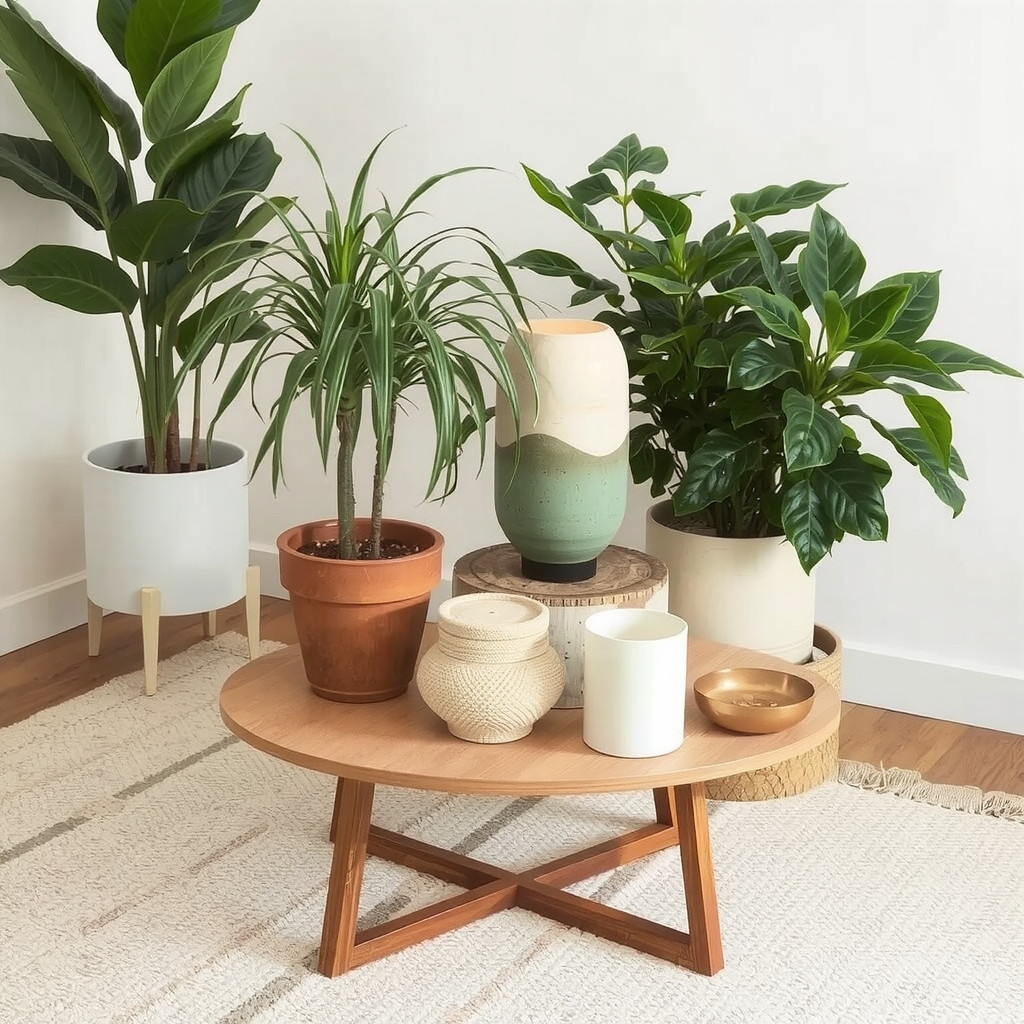
- Use matched pot colors for cohesion, or deliberately mix materials for contrast.
- Place a humidity-tolerant plant near textiles and monitor moisture.
- Prune for shape, not perfection; sculpted leaves read as design choices.
- Combine scented and non-scented plants sparingly in shared living spaces.
- Keep a label system for watering schedules and light preferences.
- Refresh soil annually for potted specimens to maintain vigor.
With a little planning you can make plants feel like architecture—soft, purposeful, and alive. Let each selection support the room’s function and mood, and enjoy the slow change that only living decor can deliver.
ADVERTISEMENT
